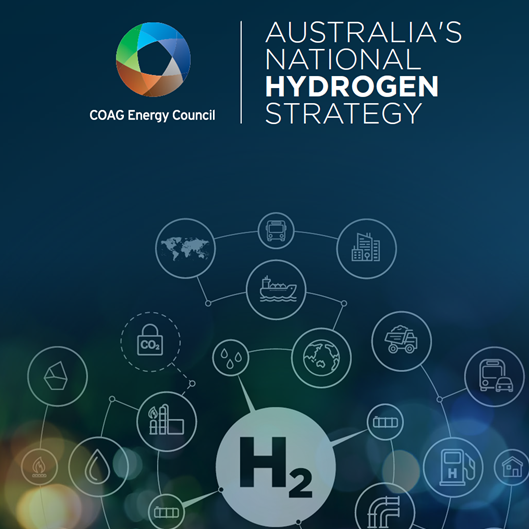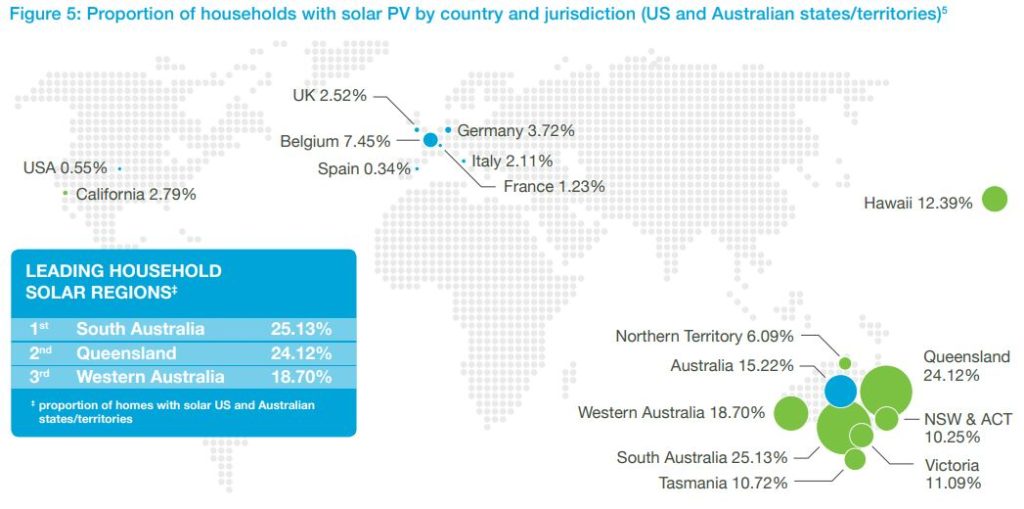Australia is uniquely positioned to take advantage of its abundant renewable energy resources to transform its economy and energy systems. That’s the view of esteemed economist Professor Ross Garnaut in his latest book Superpower.
With the tailwinds of dramatically falling technology costs, and record low interest rates, Garnaut shows how Australia can transform to a 100% renewable energy electricity grid, by developing its extensive solar and wind resources. These resources are sufficient not only to meet current electricity demand but to cater for the electrification of transport, the energy needs of heating, and industrial demand. All the while moving to a net zero carbon emissions economy.
And at a long-term, eye-watering low electricity price of less than AUD50 (USD35) per MWh.

Beyond the electrical grid, Australia is rich in important minerals. Australia is the world’s largest producer of iron ore (for steel making), and alumina (for aluminium). With cheap renewable energy, Australia could economically process these minerals on shore and reap the value add of the final metal price as well as the likely premium margin for emission-free metals.
Then there’s the opportunity to produce hydrogen from cheap, excess energy, which can be exported to Japan and South Korea who are seeking an alternative to Natural Gas in the upcoming carbon-free world. Because Australia also has some very attractive sites for carbon capture and storage it may still be possible to produce hydrogen from natural gas, and steel using coke. A hydrogen strategy has already been developed.
If that sounds like a big opportunity. It is. But there’s more. The processing for both steel and hydrogen is interruptible, meaning the presence of these industries in the grid can help stabilise and strengthen the system.
Why isn’t this transition happening now? Well it is…slowly. Already Australia has the highest penetration of roof top solar in the world, and nearly 25% of all electricity consumption was generated by renewable sources in 2019.
But there are plenty of hurdles slowing down the transition.
The large elephants in the room are the very significant natural gas and coal exports from Australia, that are seen by Government as essential for maintaining a strong economy, and the interests of the incumbent industries that will be impacted.
What’s needed to achieve Garnaut’s bold vision?
According to Garnaut, three simple policy initiatives, which are not inconsistent with the policies of either major political party, will facilitate the transformation of Australia’s energy system. They are
- Government underwriting firm power sales from new facilities (at a low price)
- Rewarding unregulated transmission investment which unlock the rich bank of renewable energy zones in the country, and
- Setting up a system to leverage the considerable balancing/reliability capability of the Snowy Hydro system
The 2019/20 summer bushfires have changed the average Australian’s view of climate change and the need for action. Whichever major political party can embrace Garnaut’s vision could find themselves in the driver’s seat to implement this exciting transformation.
But here’s the rub: Australia has to transform sooner than other rich countries do, or else the rug of opportunity will be pulled from under it. This imperative together with the pure necessity to quickly reduce carbon emissions, as discussed in my earlier post Why Australia’s 1.3% matters, makes a compelling case for immediate action.
Can Australia rise to the challenge? If it does, prosperity (with all the bumps that come with transitions) is almost certain to follow. But failure to grasp the opportunity in the limited time window available will result in an unthinkable and permanent decline in every Australian’s economic and environmental quality of life.
CARTOON CREDIT: Simon Letch/SMH


